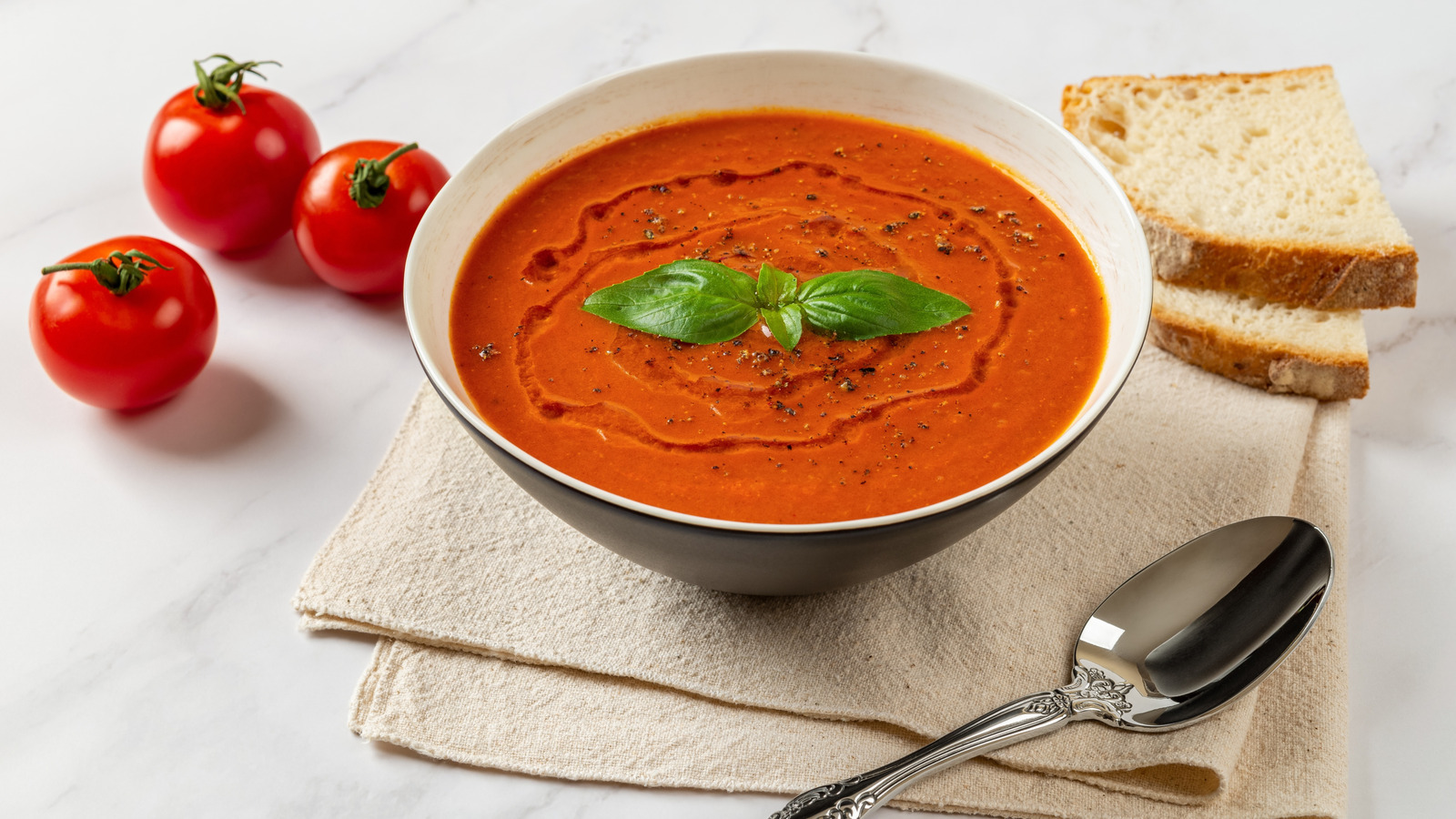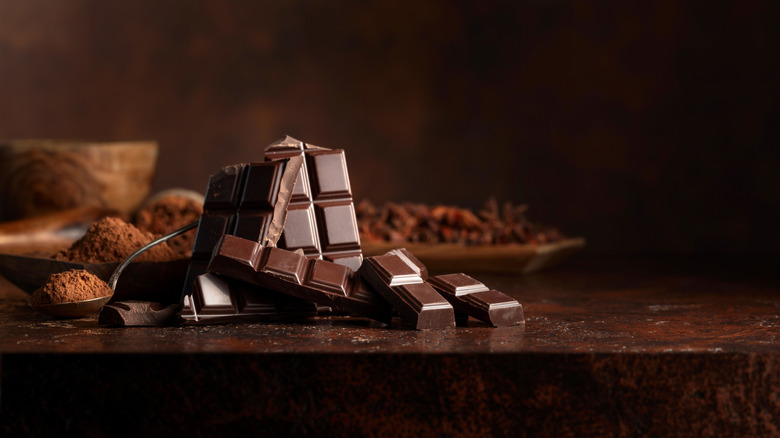When you think of dark chocolate, perhaps among the first things that come to mind is a rich, decadent dessert like a rich brownie with the perfect texture, moist cake, luxurious chocolate mousse, or a cheeky late-night bite to end your long day on a sweet note. While the bittersweet balance of dark chocolate is beloved in sweet confections, these notes also shine in savory fare. In fact, it could put a surprisingly delicious spin on a basic tomato soup! Before you turn up your nose, there is a curious gastronomy underlying this hack. The dark chocolate imparts an earthy depth and smooth bitterness that balances the zesty acidity of tomatoes.
Transform canned tomato soup or season a homemade recipe with complementing spices and seasonings, and allow the flavors from the dark chocolate to enhance the experience of a simple bowl of soup. Switch up your spice blends to add diversity to your tomato soups to nail down which combination benefits your taste buds best with the added oomph from the dark chocolate. Before you go to town with the amount of dark chocolate you add, be mindful that the quality and quantity matter. You want the addition of dark chocolate to enrich and not dominate every spoonful. So, if you’re ready for something bold, rich, and unexpectedly delicious, reach for the stash of dark chocolate in your pantry for a complex, inspired serving of tomato soup that could become your new, go-to accompaniment to a classic grilled cheese.
The history of chocolate in savory meals
While chocolate has become synonymous with sweet treats, did you know that historically, chocolate was used in savory dishes long before it was ever sweetened? In fact, the culinary use of cacao, from which chocolate is made, dates back to the Mayan Classic period (250-900 A.D.), when it was typically consumed as a drink. Drinking chocolate was deeply ingrained in Mayan culture, and once the region was conquered by the Aztecs, they also incorporated cacao into their traditions. Cacao seeds were also prized as a form of currency by the Aztecs. Contrary to chocolate milk and hot chocolate of today’s era, drinking chocolate in ancient Mesoamerica was consumed as a thick, bitter, spiced elixir. Cacao-based beverages were treasured for their purported medicinal and healing properties. Some Central American households ground cacao along with spices and chiles to incorporate into their meals.
Around the 16th or 17th century, chocolate became a popular addition to classic mole sauce. Upon its introduction to Europe around the 16th century, chocolate became mainstream in Italian pasta-based dishes. Today’s chefs are reviving the cooking techniques of Central American history, like fermenting, roasting, and drying cacao in innovative dishes. From Martha Stewart’s tip to boost the flavor of chili by adding cocoa powder to incorporating it into a rich barbecue sauce, there are uniquely delicious ways to impart the rich flavors of chocolate into savory meals.






